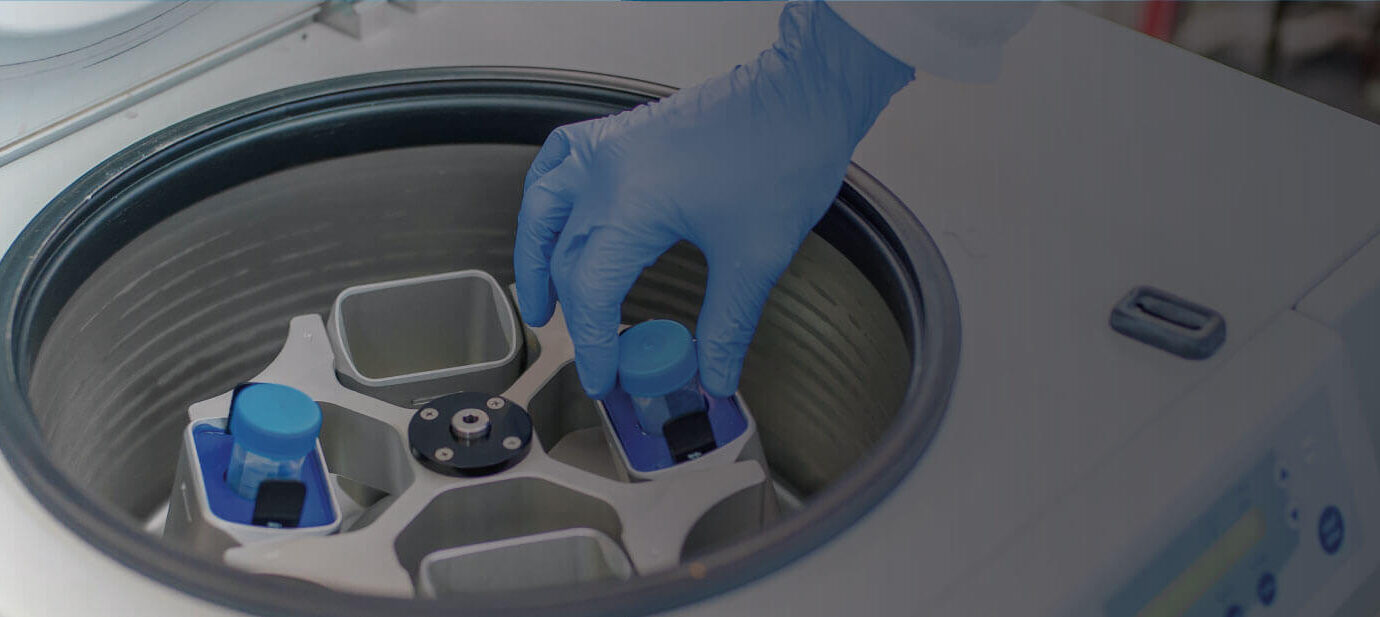Full Range of Services to Evaluate the Potential for Drug-Drug Interactions
BioAgilytix provides bioanalytical services to evaluate drug-drug interactions of investigative therapeutics. The potential for a new pharmaceutical candidate to interact with a co-administered drug is referred to as a drug-drug interaction. As this can alter the pharmacokinetic profiles and lead to adverse events or loss of efficacy for either the candidate or the marketed medicine, understanding the potential for these interactions is a critical aspect of evaluating a drug candidate during preclinical testing phases.

in vitro evaluation of drug-drug interactions
BioAgilytix offers a range of in vitro testing services to evaluate the potential for drug-drug interactions. These include:
- Cytochrome P450 (CYP450) induction
- CYP/UGT inhibition
- CYP/UGT reaction phenotyping
- Transporter substrate/inhibition
Our in vitro drug-drug interaction studies are performed in accordance with FDA Guidance on Drug-Drug Interaction Studies.

Cytochrome P450 (CYP450) induction studies
CYP induction assays assess whether the test article can increase the production of metabolizing enzymes or transporters involved in the distribution and clearance of all administered medicines. Our FDA-compliant assays use cryopreserved, primary hepatocytes from one or more donors which express AhR, CAR, and PXR receptors. Potential induction is measured as increases in CYP1A2, CYP2B6, and/or CYP3A4 mRNA levels and enzyme activity. If significant induction of CYP3A4 is noted, CYP2C8, CYP2C9, and CYP2C19 can also be assessed.

CYP/UGT inhibition studies
Inhibition studies are used to investigate the ability of the test article to inhibit the clearance of other compounds. CYP450 inhibition studies are conducted with human liver microsomes, FDA-accepted probe substrates, and control inhibitors. Both IC50 and Ki values can be determined, and the pre-incubation of the test article with microsomes and NADPH is used to assess time-dependent inhibition. For UGT inhibition studies, recombinant UGT enzymes are used to assess the IC50 values of a test article with respect to the most common isoforms: 1A1, 1A3, 1A4, 1A6, 1A9, 2B7,and 2B15. Other isoforms can be included upon request.

CYP/UGT reaction phenotyping (enzyme mapping)
CYP/UGT reaction phenotyping, or enzyme mapping, determines the CYP or UGT enzymes that are involved in the metabolism of a compound to predict which enzymes may be critically important for the proper clearance of the test article. Three FDA-approved methods may be used, including correlation analysis, isoform-specific chemical inhibition, and/or CYP/UGT recombinant enzymes. Correlation analysis includes a bank of liver microsomes from at least 10 donors. A pilot study is conducted to determine the appropriate reaction conditions for each project. Recombinant UGT enzymes can be used to determine which isoforms metabolize the test article.

Transporter substrate/inhibition
Transporters are membrane-spanning proteins capable of pumping compounds into or out of a cell. These proteins are often essential for compounds that cannot passively cross a cell membrane, so inhibiting transporters can alter the pharmacokinetics of investigative therapeutics. We utilize appropriate vesicle or cellular models expressing single transporters to evaluate the ability of a test article to act as a substrate or inhibitor for the major clinically relevant transporters: P-gp (MDR1), BCRP, OATP1B1, OATP1B3, OAT1, OAT3, OCT2, MATE1, and MATE2-K. OATP2B1, OCT1 and MRP2 can be included as well.

Discovery, lead selection, and preclinical bioanalytical testing services
BioAgilytix offers a full portfolio of in vitro analyses to support your drug program including industry-standard DMPK assays, custom drug metabolism research, metabolic stability, metabolite profiling, and protein binding studies. Leverage our comprehensive bioanalytical services to provide fast, accurate data that can inform key decisions early in the drug development process.
POSTER

